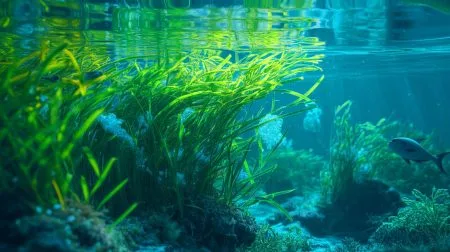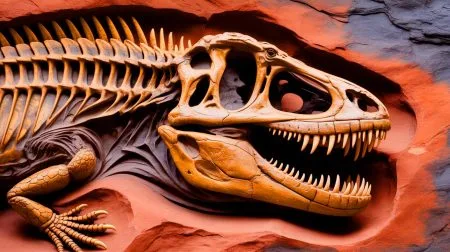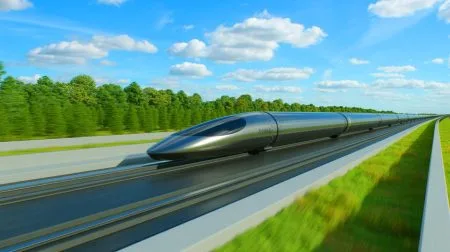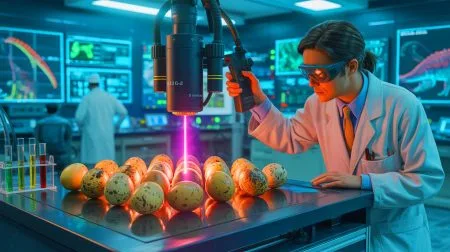| IN A NUTSHELL |
|
Researchers at the Massachusetts Institute of Technology (MIT) have unveiled a groundbreaking innovation: a 3D printer that transforms food scraps into practical household items. This new technology, known as the FOODres.AI Printer, uses artificial intelligence and bioplastic paste to repurpose waste into items like mugs and coasters. This development represents a significant step forward in tackling food waste, which is a major environmental issue. By converting food scraps into useful objects, the printer not only reduces waste but also encourages sustainable practices within communities. As this technology becomes more accessible, it has the potential to revolutionize how we view and handle waste.
From Food Waste to Everyday Objects
The FOODres.AI Printer operates by first identifying the type of food waste available. Users take photos of their scraps using a companion app, which employs AI-powered image recognition to analyze the waste. Based on the analysis, the app suggests various printable objects, such as cups, utensils, or custom designs. With these suggestions in mind, the printer mixes the food waste with natural additives to create a printable bioplastic paste.
The process continues with a three-axis heated extruder system, which shapes the paste into the desired object. This approach allows for a seamless experience, enabling users to transform waste into new items with just the press of a button. According to designer Biru Cao, this flexibility ensures the printer is accessible to everyone, regardless of their previous experience with 3D printing. The innovation not only showcases the potential of technology but also offers a practical solution to a growing environmental problem.
Fun and Good for the Planet
The FOODres.AI Printer is designed to be user-friendly and adaptable. It allows users to customize various aspects of their designs, such as color and texture, based on the waste material. This customization feature adds a layer of creativity and personal expression to the recycling process. Looking ahead, the development team plans to test the printer in real-world settings. A pilot project in Cambridge aims to save 15 million pounds of food waste, impacting over 2,000 households.
This technology is part of a larger movement towards biodegradable and food-based 3D printing. Beyond household items, such printers hold promise for creating meals, medical materials, and even synthetic skin or blood vessels. The trend of expanding 3D printing materials beyond traditional plastics and metals is growing, with several models now able to work with food and healthcare materials. This shift encourages local recycling loops and supports sustainable practices.
Implications for the Environment
The implications of the FOODres.AI Printer extend far beyond individual households. In 2019, the United States generated 66 million tons of food waste, most of which ended up in landfills. This waste contributes significantly to climate change, with emissions comparable to those from 42 coal-fired power plants. By repurposing food scraps before they reach the trash, the printer aims to create a closed-loop system where waste is transformed into something useful within the same household or community.
This closed-loop approach could significantly reduce the environmental impact of food waste. It aligns with larger efforts to promote sustainability and reduce reliance on landfills. The printer stands as a testament to the power of innovation in addressing some of the world’s most pressing environmental issues. As more communities adopt this technology, the potential for widespread change increases.
The Future of 3D Printing
The development of the FOODres.AI Printer is part of a broader trend in the evolution of 3D printing technology. Originally focused on plastics and metals, the field is now expanding to include a variety of materials. This shift opens up new possibilities for reducing waste and creating sustainable products. Besides household items, 3D printers are now capable of producing food, healthcare materials, and other innovative products.
This evolution in 3D printing technology reflects a growing demand for sustainable solutions across industries. As new materials and applications are developed, the potential for positive environmental impact grows. The FOODres.AI Printer is just one example of how technology can bridge the gap between waste and utility, offering a glimpse into a more sustainable future.
As the FOODres.AI Printer begins to roll out and capture public attention, its potential to reshape waste management practices and foster sustainability is immense. But the question remains: how will communities adapt to and integrate this innovative technology into their daily lives?
Did you like it? 4.6/5 (28)






Wow, this is an incredible innovation! Is the printer available for purchase already? 🌟
How exactly does the printer ensure the bioplastic paste is safe for household use?
Turning food scraps into household items? That’s bananas! 🍌
Does this mean I can finally do something useful with my leftover kale? 😂
Great initiative, but what about the energy consumption of the printer itself? 🤔
How durable are these items compared to regular household products?
Can the printer handle all types of food waste, or are there limitations?
I’m worried about hygiene—how is that addressed in the transformation process?
This is the future! Thank you, MIT, for leading the way in sustainability! 🌍
What happens if I mix different types of food scraps together?
I’m all for sustainability, but shouldn’t we focus more on reducing food waste first?
Could this tech be adapted for industrial use? That would be a game-changer!
Just imagine… my old bread becoming a coaster. Mind blown! 😮
Is there any risk of the items degrading or smelling over time?
Honestly, this sounds too good to be true. What’s the catch?
Thank you for this amazing article! It gives me hope for the future. 😊
So, when can we expect to see this in stores? Take my money! 💸
Can this technology be used in places with limited access to traditional recycling?
Does the bioplastic paste have any allergens from the original food scrap?
This sounds like a sci-fi movie plot. Are we living in the future already? 🤖
How long does it take to print a basic item like a mug?
What about quality control? How do we know the items are safe to use?
What types of waste materials create the strongest printed items?
The customization aspect sounds fun! Can’t wait to try it out. 🎨
Can other universities or companies collaborate to improve this technology?
Is this project open source? Would love to tinker with the tech!
How does this compare to other sustainable 3D printing technologies?
Is there a limit to how often you can reuse the printed items?
Could this tech potentially be used to produce food-safe items?
What is the lifespan of these bioplastic items?
Can the printer handle non-food organic waste, like yard trimmings?
I’d love to see this implemented in schools to teach kids about sustainability! 👩🏫
Are there any plans to make the printer more affordable for everyday households?
How do these bioplastic items break down at the end of their lifecycle?
Thanks for the article. It’s inspiring to see technology working for the planet! 🌱